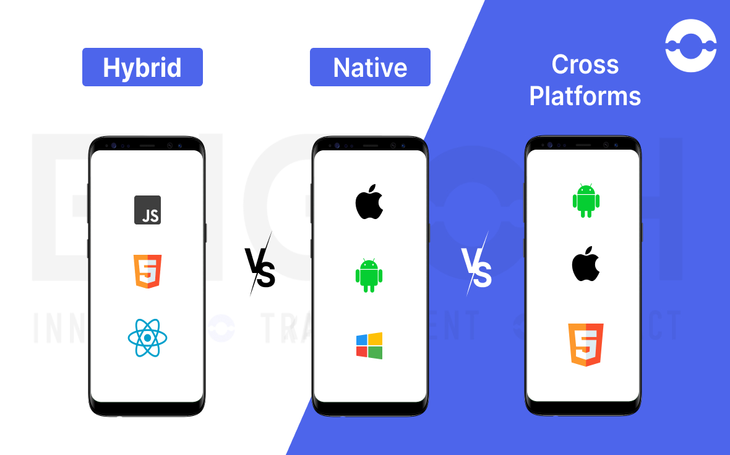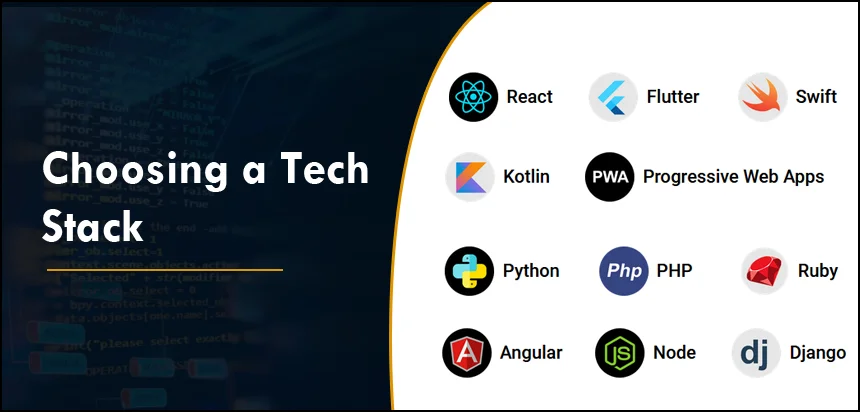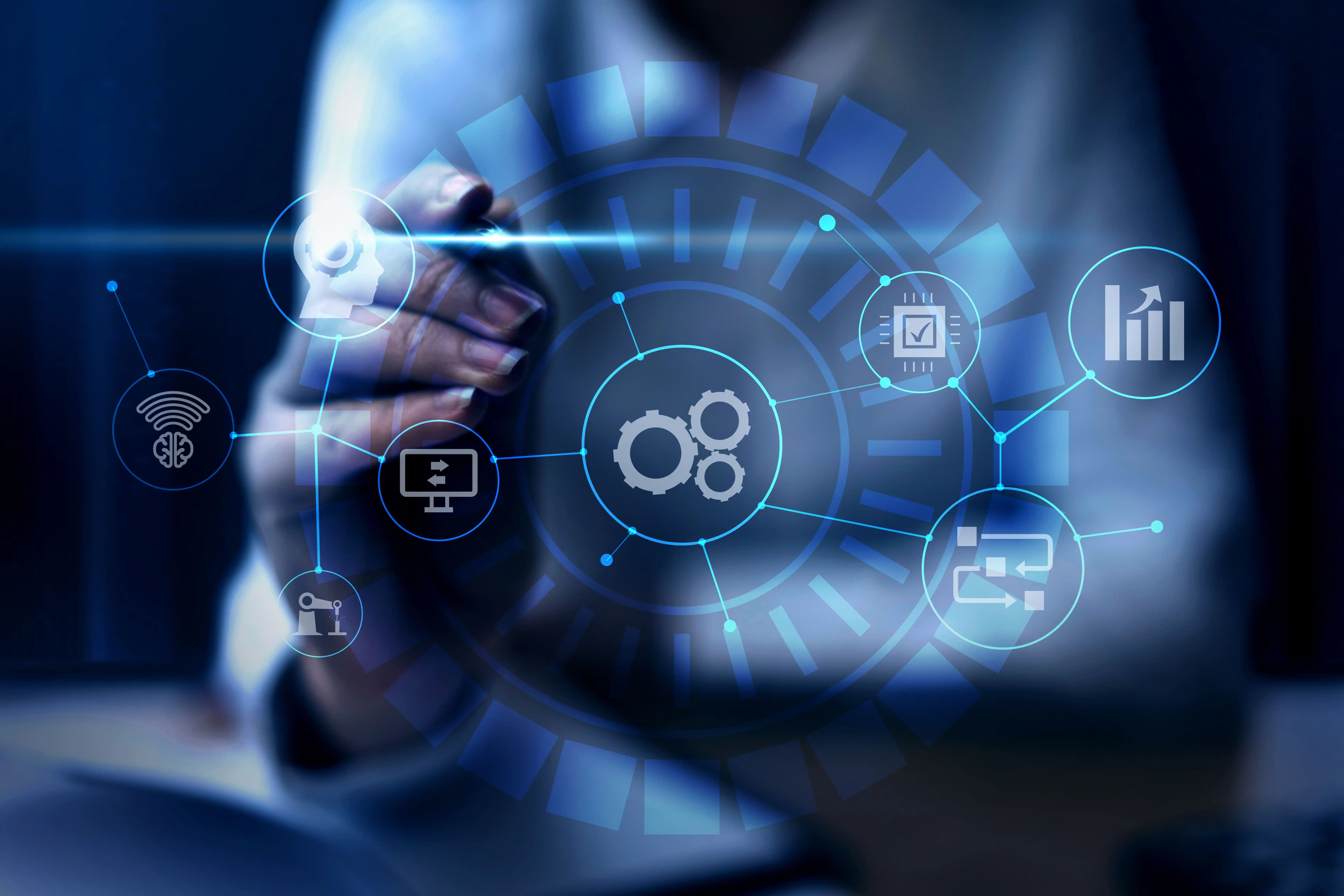
Earlier, most small and big companies used to heavily rely on cloud computing. According to Forbes research, most IT companies used to keep 80% of their budget in reserve for cloud computing. In fact, they firmly believe in investing in at least some applications in the cloud. The insanely growing popularity of cloud computing has become the edge of the IT sector. However, with the advent of time, latency and bandwidth stress were observed with cloud computing as transferring huge chunks of data to a network server located in a centralized location caused massive delays in getting processes
This resulted in a delay in the time taken for processing the data from the edge device to the central server. It increased the latency and ended up putting stress on the bandwidth.
Latency was a flaw observed in cloud computing and that resulted in incurring huge losses to organizations.
It made organizations drift towards edge computing to eliminate latency and save bandwidth.
Interestingly, the edge computing market is growing exponentially due to an increase in usability by big organizations. According to Statista research, the edge computing market is growing globally at a faster pace, and its revenue is estimated to hit $250 billion globally by 2024.
If you want to dive deeper into the concepts of cloud computing and edge computing, we have researched and collected nudges to help you imbibe some valuable insights on cloud computing and edge computing and which one is the best.
What is Cloud Computing?
Cloud computing comprises a range of services that are delivered across the internet or cloud. With cloud computing, you don’t have to rely on private data centers or local hard drives to store and access data.
Instead, it enables you to use remote data servers for storage and access.
Earlier, when cloud computing was not available, organizations had to purchase and maintain their own servers to meet their desired business goals. Purchasing and maintaining data servers requires enough data storage or space to minimize downtime and outages and to accelerate more traffic volume.
This resulted in large server space going unused. However, with cloud computing, it minimized the need for onsite servers and reduced the cost of IT resources and maintenance.
This resulted in large server space going unused. However, with cloud computing, it minimized the need for onsite servers and reduced the cost of IT resources and maintenance.
In fact, cloud computing demand and popularity grew tremendously, resulting in more businesses and organizations relying on it to meet their organizational goals.
Benefits of Cloud Computing
1. Low Upfront Cost
The expense of purchasing
hardware, software, and round-the-clock electricity for
power got eliminated. You don’t have to incur the expenses
anymore as cloud computing enables you to swiftly bring
the applications to the market while eliminating high
financial barriers to entry.
1. Low Upfront Cost
The expense of purchasing
hardware, software, and round-the-clock electricity for
power got eliminated. You don’t have to incur the expenses
anymore as cloud computing enables you to swiftly bring
the applications to the market while eliminating high
financial barriers to entry.
2. Flexible Pricing
Companies have to solely pay for the computing resources
instead of incurring additional costs.
3. Endless compute on demand
One of the best parts of cloud computing is that its cloud
services can easily adapt to the changing environment or
demands by provisioning and deprovisioning resources. This
ends up incurring a low cost and improving the efficiency
of organizations.
4. IT management
It has simplified IT management as cloud providers offer
their customers simple access to IT management experts,
enabling the employees to focus more on their business
goals and needs.
5. Highly reliable
In cloud computing, data backup, business continuity, and
disaster recovery are quite inexpensive and simple as data
can be mirrored at various redundant sites on cloud
networks, making it highly reliable.
6. Time-saver
Often, enterprises are found juggling between the
configuration of private servers and networks.This results
in consuming more time and cost.
However, cloud computing helps in deploying applications in just a fraction of minutes and bringing it to the market.
What is Edge computing ?
Most IoT applications use big centralized cloud servers to perform computations.Edge computing enables the computer to relocate the compute power to a decentralized location, where data has been generated. It gets closer to the end user.
According to Gartner research, enterprises that have deployed edge use cases in production are estimated to grow from 5% in 2019 to around 40% by 2024.
It brings the compute power closer to the edge of devices or networks, resulting in faster data processing, enhanced bandwidth, and data sovereignty.
In fact, most enterprises have realized the importance of edge computing-powered applications such as data processing and analysis, video streaming,deep learning and interfaces. It has resulted in an increased number of edge cases.
Benefits of Edge Computing
1. Performance
In edge computing, the analyzing and collection of data,
data processing, and other actions are done on the edge of
the network, which results in the faster completion of the
process in just a fraction of a second.
The elimination of the time of data processing can indirectly speed up insights for use cases in technical and complex AI models, which require lower latency.
Also, it brings analytic capabilities closer to the end user device and also offers options resulting in enhanced infrastructure performance.
2. Low Operation Cost
Unlike cloud computing, where data migration, bandwidth,
and latency costs are high, edge computing comes with low
operational costs. The operational costs get low due to
the processing happening at the edge, resulting in the
transfer of less data to the datacenter or cloud for
processing.
Furthermore, it offers the utmost security and protection while managing sensitive IoT data.
3. Model accuracy
When it comes to complex AI
models, they require high accuracy for edge use cases, and
that requires real time response.
If a network’s bandwidth is low, it will result in a reduction in the amount of data fed into the model. This will result in skipped frames in videos, minimized image sizes, and reduced sample rates in audio.
However, with edge computing comes the data feedback loop that can enhance the AI model accuracy and will also enable multiple devices to run simultaneously.
4. Wider reach
When it comes to computing, internet access is a
necessity. However, you don’t have to worry about internet
access in remote locations with edge computing, as edge
computing eliminates the requirement to internet
connectivity in remote areas by processing data locally,
resulting in increased range of computing.
5. Data Sovereignty
In edge computing, data is processed at the location where
it is collected. This results in data being secured in the
local area network or company’s firewall. Also, it reduces
the risk of sensitive data getting prone to cyber attacks
and increases the security of data.
Which one is better?
Both edge computing and cloud computing are non-interchangeable and different technologies. Edge computing is generally used to process time-sensitive data, while cloud computing isn’t time-driven.
Latency is the most essential aspect when it comes to work delays and high costs.Most organizations experience latency while communicating information from devices to a central computing system.
It often results in incurring losses and delays the work and decision process.
Edge computing is definitely the best when it comes to eliminating latency and high operational costs.
It also has access to a large range of services in remote regions without the need for the internet, making it an ideal choice for businesses.
Also, edge computing performs well when dealing with complex AI devices and specialized devices.
If you’re looking for cloud computing services, there are tons of cloud computing service providers such as AWS (Amazon Web Services), Google cloud, Azure, Digital Ocean, Domain racer, Hostgator, Bluehost Go4hosting, Cloud OYE, Linode and Zeeweesoft.
Zeeweesoft is a software development and cloud service provider company. It is best known for providing high quality services.
Conclusion
Cloud computing and edge computing are the most effective at delivering excellent, responsive systems that are free of interruptions. However, when it comes to retrieving huge chunks of data and resource-consuming applications, edge computing works best by bringing data close to the end user and offering flexibility.












